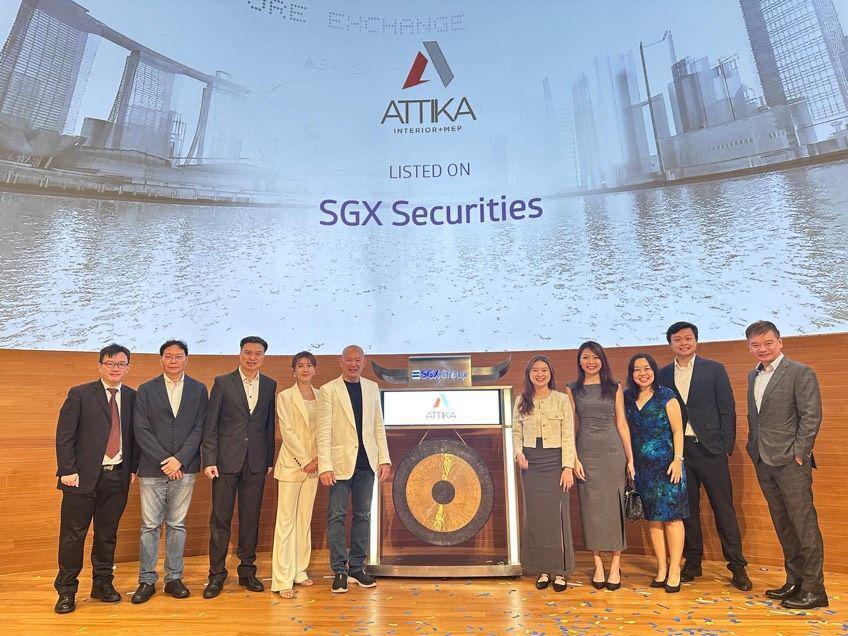
The GHG Protocol is a widely used standard for accounting and managing greenhouse gas (GHG) emissions. It provides guidelines for organisations to measure, report and manage their emissions across different sectors.
Developed by the World Resources Institute (WRI) and the World Business Council for Sustainable Development (WBCSD), it consists of standards for both corporate and product lifecycle accounting. The protocol helps organisations understand their emissions footprint, set reduction targets, and implement strategies to mitigate climate change impacts.
Scope1, 2 and 3 emissions are categories used in the GHG Protocol to classify greenhouse gas emissions associated with an organisation’s activities.
- Scope 1 Emissions: Direct emissions from sources that are owned and controlled by the organisation, including emissions from combustion of fossil fuels in owned and leased vehicles, heating and industrial processes.
- Scope 2 Emissions: Indirect emissions from the consumption of purchased electricity, steam, heating or cooling by the organisation.
- Scope 3: Indirect emissions that occur as a result of the organisation’s activities, but from sources not owned or controlled by the organisation, including emissions associated with the supply chain, employee commuting, business travel, waste disposal and other activities outside of the organisation’s direct control.
Many organisations face challenges in disclosing their Scope 3 emissions as gathering accurate and comprehensive data on Scope 3 emissions can be challenging due to the involvement of multiple stakeholders across the value chain. Data may be dispersed, inconsistent, or simply unavailable particularly for upstream/downstream activities.
At Baker Tilly, we have assisted clients in their computation of Scope 3 emissions and apply the following simplified general approach:
- Identification of emission sources for instance, suppliers, transportation, employee commuting, business travel, product use and waste disposal.
- Collect relevant data from internal records, suppliers, transportation providers and other stakeholders.
- Categorising emission sources based on GHG Protocol’s Scope 3 categories such as purchased goods and services, capital goods, upstream transportation and distribution, waste generation, business travel and employee commuting, etc.
- Apply emission factors and compute emissions.
Effective computation of Scope 3 emissions requires collaboration with stakeholders across the value chain and may involve complexities such as data availability, data quality and allocation methodologies. Engaging with suppliers and partners to collect data and improve transparency is crucial for accurately assessing and managing Scope 3 emissions.
For a consultation to explore tips on how to compute and assess your organisation’s Scope 3 emissions, simply reach out to our team.
















